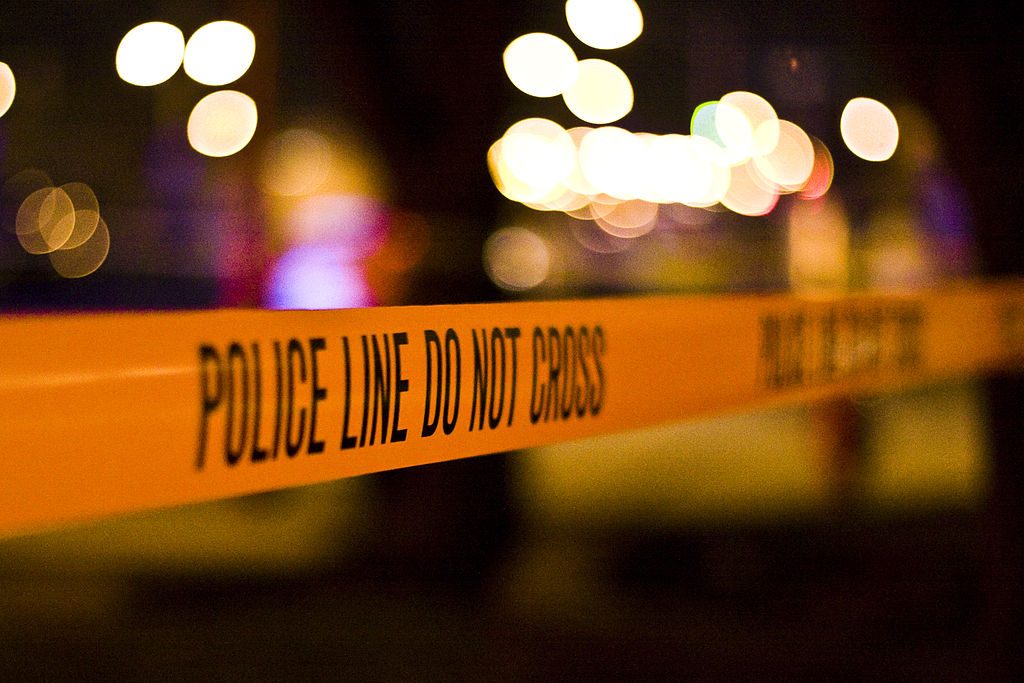Victoria Coates and Jessica Shaw
Highlight
Police officers endorse the same sort of biases related to sexual assault that are endorsed by society at large.
────
Some of these biases have been found to impact the thoroughness of actual sexual assault case investigations.
────
Policies can help counteract these biases.
In 2009, about 11,000 sexual assault evidence collection kits were found in a police storage facility in a large, predominately Black Midwestern city. The majority of these kits had never been tested by a crime laboratory, meaning the potential evidence therein could not be used to investigate and prosecute the sexual assault. This begs the question—what happened in these sexual assault case investigations?
A research team examined the police records associated with some of the kits to understand what happened in each investigation and what influenced police decision-making. Findings reveal that the police response was influenced by their beliefs about what “real” rape is supposed to look like and who can be raped. Police also frequently blamed the victim for case inaction, and their response differed depending on the race and age of the victim, and the number of perpetrators involved.
This work helps us to understand how police investigate sexual assault cases and why they respond to cases in the way that they do. We can use this information to improve the police response to sexual assault.
What Does This Mean for Practice?
“Model investigations,” outlining the steps to be completed in sexual assault case investigations and policies requiring police investigators to document the completion of each step, could increase the number of investigative steps completed. This, in turn, increases the likelihood of a referral to the prosecutor and an arrest.
Policies disallowing police to close a case because the victim, for example, wasn’t injured, was “mental,” or was uncooperative, could increase the number of investigative steps completed and the likelihood of a referral to the prosecutor and an arrest.
It is not possible to change victim or case characteristics. Instead, interventions can and should target and attempt to change means of accountability (i.e., explanation type 3 above) and rape myth endorsement (i.e., explanation types 1 and 2 above).
Methods
The research team reviewed and analyzed the sexual assault police case records corresponding to 248 of the largely untested sexual assault kits found in a police property storage facility. For each police case record, the research team documented basic case information (e.g., the race of the victim and suspect), the investigative steps completed by police (e.g., collected a statement from a witness; completed a suspect line-up), and explanations provided by police for their investigative response.
Study Results
Police did not conduct thorough investigations on every case.
- On average, only 3.4 of 10 possible investigative steps were completed on each case.
- Most cases never reached prosecution. Cases with more completed steps were more likely to be referred to the prosecutor’s office and have the opportunity for prosecution.
What Does This Mean for Social Justice?
Police officers endorse rape myths—mostly false beliefs about who rapes, who can be raped, what rape is supposed to look like, and who is to blame—because broader society still perpetuates rape myths. To improve the police response to sexual assault, we, as a society, must continue to challenge rape myths.
More (and much-needed) attention is being paid to how the criminal justice system treats people of color, with a focus on the experiences of young, Black men. This study highlights that Black women are also treated differently by the criminal justice system, as compared to their White peers. This study found that Black women were more likely to be deemed uncooperative by police, which then led to less-thorough police investigations and the decreased likelihood of their case being prosecuted. Thus, we need to also discuss the experiences of Black women (as both victims and perpetrators) in the criminal justice system, and how to remedy injustice.
The police provided 3 different types of explanations for their lack of investigational effort and their decision to not move forward with a case
- Type 1: It didn’t look like a “real” rape (e.g., victim not injured, victim did not appear upset enough).
- Type 2: The victim couldn’t really be raped (e.g., victim is a sex worker, victim is “mental”).
- Type 3: We couldn’t investigate because of the victim’s actions or behavior (e.g., victim is uncooperative, victim has no phone). Type 3 was most damaging to case progression.
How police investigated the case and how they explained their investigative response differed across cases.
- Black[1] victims were more likely to be blamed for a poor investigation (e.g., victim is uncooperative; Type 3 above).
- Cases with victims under the age of consent were more likely to be seen as not “real” rape (e.g., victim not upset enough; Type 1 above), while victims over the age of consent were more likely to be blamed for a poor investigation (e.g., victim is uncooperative; Type 3 above).
- Victims assaulted by more than one perpetrator were more likely to be considered a victim who couldn’t be raped (e.g., victim is a sex worker; Type 2 above).[1]
- The race of the victim reflects how police recorded race in official police records. It may or may not align with how the victim self-identities.
Original Articles: Shaw, J., Campbell, R., Cain, D., & Feeney, H. (2017). Beyond surveys and scales: How rape myths manifest in sexual assault police records. Psychology of Violence, 7(4), 602-614.
Shaw, J., Campbell, R., & Cain, D. (2016). The view from inside the system: How police explain their response to sexual assault. American Journal of Community Psychology, 58(3-4), 446-462.



